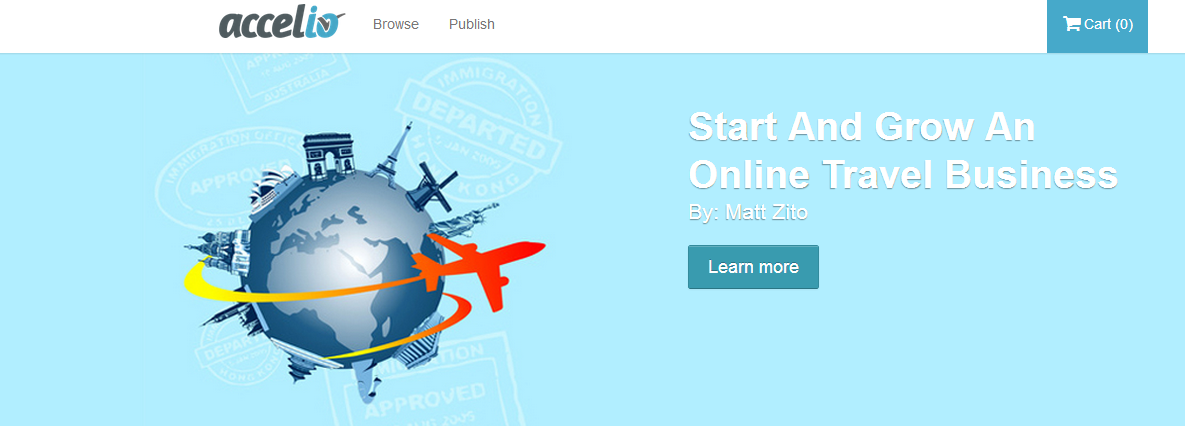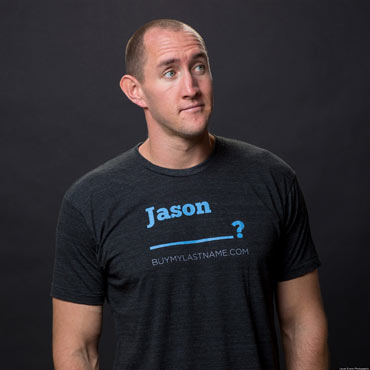
Digital marketing is sort of like milk – it has an expiration date. Despite a killer marketing plan, enthusiastic interaction with your audience may fade over time. Many small companies experience little engagement on Facebook, Tumblr doesn’t exactly foster relationships, and the lifespan of a tweet is getting shorter all the time. If you want to swim, not sink, in the digital marketing world, it’s imperative to not only have a multi-platform presence, but to do it right and stand out amongst the rest.
A well thought-out and strategic digital marketing plan is a must if you want to propel your business to success. The last thing you want is to fall into a digital marketing rut. Suffering a loss in strategy will without a doubt lead to a loss in business. Who can afford that?
Here are 5 tips to climb out of your digital marketing rut:
Go Back To Square One
Re-evaluate your company’s overall digital marketing goals. You can’t expect a digital marketing strategy to thrive if you don’t have specific goals in mind. Maybe your goal is to increase the amount of hits and traffic you receive on your site. Maybe it’s something as basic as how many positive reviews are being written on sites like Yelp. Or maybe your goal is to increase your following on social sites. Whatever your immediate goals may be, your ultimate goal is to garner sign-ups, increase subscriptions, or sell. Never lose sight of that. If you’re thinking, “but I don’t have any specific goals…not measurable ones” then now is the time to make some. If you don’t measure, you won’t grow. On the other hand, if you already have quantitative goals, now is the time to see if you’re meeting them. If you haven’t, what’s stopped you? Look at your analytics. You need input to generate output. What can you do differently if your current methods aren’t working?
Bottom line: Have measurable goals and periodically check in to see if these goals are being met. Though we all want to be successful, “success” is not a goal, it’s an outcome.
Check In With Your Customer BaseEvery good company has a target customer base or demographic. This is who they cater to. Thus, every marketing campaign your company produces should be directly targeted toward this audience or demographic. Who are you trying to market to? Minding your customer base is one of the reasons that data and analytics is so important. Using analytics platforms helps you understand trends, patterns and behaviors your customers will reveal through their data. The more your company grows and the longer it’s been around, it’s essential to make sure you know exactly who is using your services, and even to learn who’s stopped using your product. If you’re a newly launched company, ask a handful of valuable users to become case studies. You’d be surprised at how much you can learn about your product and opportunities for growth or new features by simply talking to people who already love your product.
Bottom line: Data and analytics are invaluable, but sometimes a little human connection is great, too. Don’t be afraid to ask customers for feedback. First hand opinions will be infinitely useful as your company grows.
Set Yourself Up for an Excellent Performance
The best businesses figure out exactly what works for them and their audience, then they iterate these practices. Maybe your company’s video posts are getting more social love than long form blog posts. Maybe your quick status updates are getting more attention than your visual posts are (not likely). Maybe another facet of your online presence is getting no love from your audience, and it’s time to decide whether it’s worth keeping or not. At the end of the day, what you want is engagement. In order to set yourself up so that everything you post performs as well as your most evergreen content, look at the numbers and see what’s performing best. Which channels are bringing in the most conversions? A truly successful digital marketing campaign will generate responses, start conversations, and keep your audience coming back for more. If you’re finding that your online activity is getting likes, shares, and increased traffic, then repeat the actions that led you there. However, if you’re finding that you’re losing traffic or engagement, go back and decide what kinds of content your audience seems to like best. Keeping the flame alive between your business and your audience is key to content marketing. Without them, you’re nothing.
Bottom line: Determine which kinds of content are most favorable to your audience. Create a system, and don’t let them down.
Pull Out Your Digital Map
Are you in the right place? Are you where you need to be? This is an imperative question to ask yourself when judging if your campaigns are working. After checking in with your user base and determining what kinds of content your audience likes, you need to figure out if you’re still limiting yourself by not being present in the spaces your target demographics love. You need to be in the right place and have the correct digital presence, if you want to reach customer base you’re targeting. However, it’s been said that young people are bothered when brands are unnecessarily on every channel. If you’re not a visual brand, don’t create an Instagram, or a Tumblr for that matter. If you’re content producers, but not content curators, don’t create a company Pinterest account. Think of it this way: if you want to meet someone and you’re scoping out the dating scene, would it be more fruitful to go to a bar or a library?
Bottom line: Know exactly who you’re looking for and where to find them. Be native, be where
your audience is. If you do this right, you should be giving them what they’re already naturally
searching for.
Differentiate Yourself
Digital marketing is a dog-eat-dog, hyper competitive world. It’s easy to see a company enact campaigns that turn out to be very fruitful and then feel the desire to use the same practices for your own business. You know…that whole FOMO thing. Though success may follow for you, too, you’re simply becoming part of the mishmash of digital marketing similarities. It’s easy for consumers to tell when one brand is copying another (Coke and Pepsi are in an eternal game of cat and mouse), but like Robert Frost said, take the road less traveled! In order for your company to exist, it has to be at least slightly different from other companies on the market. Feed into these differences.
Bottom line: As long as it works for you audience, don’t be afraid to go against the grain. You’ll never know until you try. Make it quirky, make it jaw dropping, make it easy to digest – whatever. Just make it you.
Rosie Brinckerhoff is a marketing intern at Spinnakr – a new kind of analytics that takes action for you. Rosie is a social media enthusiast and a rising senior at the University of Delaware, where she majors in Political Science and Journalism.

 The best entrepreneurs usually aren’t organized. Sure, they may keep their paperwork in order and clean up after themselves, but inside, their wheels are cranking out a thousand ideas per minute.
The best entrepreneurs usually aren’t organized. Sure, they may keep their paperwork in order and clean up after themselves, but inside, their wheels are cranking out a thousand ideas per minute.



















